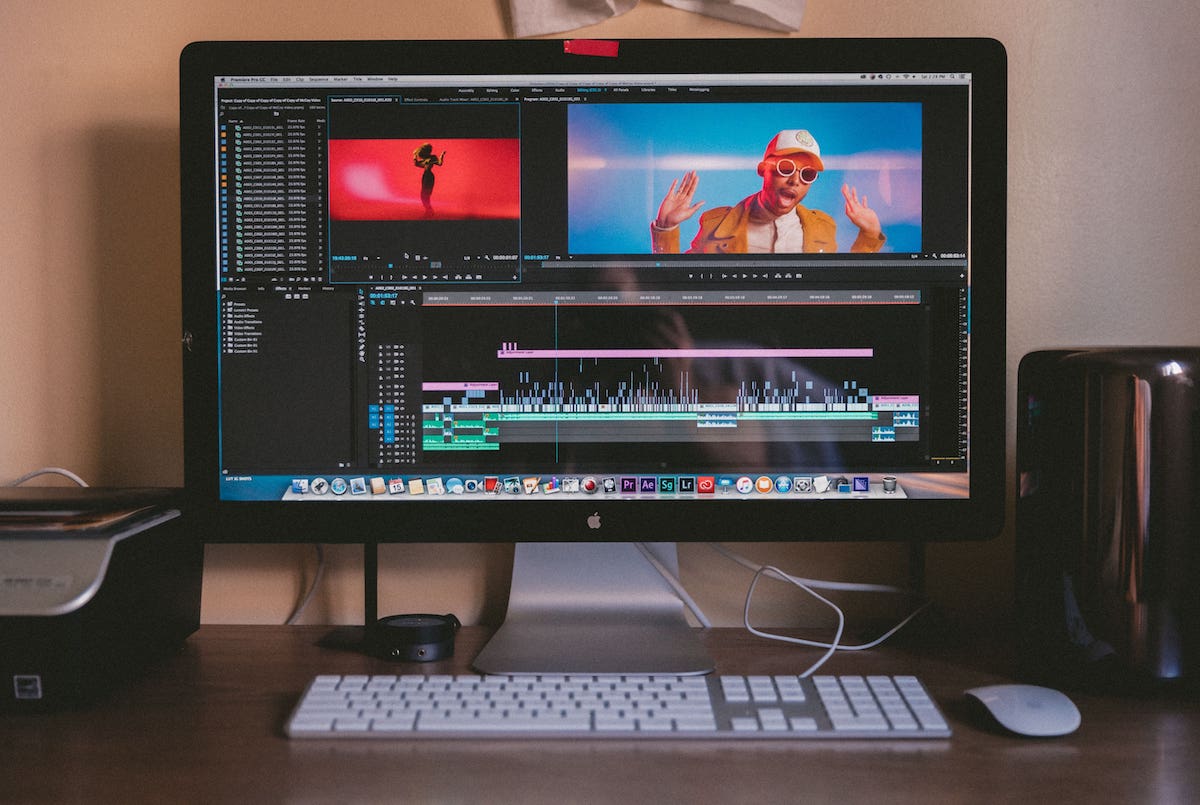The Era of 16:9 Aspect Ratio Is Here: Discover It's Role in Filmmaking
Hire film gear from local filmmakers.

Hire film gear from local filmmakers.
Have you ever looked at your computer screen, or your smartphone, and thought, why is it a rectangular widescreen, and how can I watch videos with such good quality?
That’s because of the 16:9 aspect ratio, which has been the current standard in television since the mid-2000s.
If you keep on reading, I will explain the 16:9 aspect ratio, where it came from, and how it became the new resolution for filmmaking.

What is the 16:9 aspect ratio?
The 16:9 aspect ratio is used to describe an image that is 16 units wide by 9 units long. It became the most commonly used resolution among stream users in March 2011.
The 16:9 widescreen LCD monitors complement 16:9 format HD cameras. They display superb, distortion-free, high-definition images and are the international standard format for television, cinema, and significant online streaming setups and platforms.
This ratio became popular when smartphones were created with video capabilities. For example, the optimal measurement for an Instagram story has a ratio of 9:16.
The video aspect ratio indicates the orientation of a video by providing the ratio of width to height as measured in pixels.
16:9 Aspect ratio features
- Rectangle widescreen display
- High-definition video (HD)
- Display higher quality imagery in many aspect ratios
- The most simplified form of the ratio
- The international standard format for television, cinema, and online streaming setups and platforms.
- The best resolutions you can hit are 4K or 3840 px by 2160 px.
Common 16:9 resolutions
- 1024x156
- 1156x648
- 1280x720
- 1366x768
- 1600x900
- 1920x1080
- 2560x1440
- 3840x2160
A history rundown of 16:9 aspect ratio in cinema

16:9 came to revolutionize the 4:3 standard ratio in 1984
A member of the SMPTE Working Group on High-Definition Electronic Production, Dr. Kerns H. Powers, proposed the 16:9 (1.77:1) aspect ratio in 1984.
This was back when nobody was creating 16:9, and the popular choice was 4:3, which was based on TV standard’s ratio at the time.
Dr. Kerns H. Power experimented further and figured out that those aspect ratio rectangles fit within an outer rectangle with an aspect ratio of 16:9 (1.77:1); all of them also covered a smaller standard inner rectangle with the same aspect ratio 16:9 (1.77:1).
The most common choice 4:3 and 2.40:1 video was recorded using a shoot and protect technique that kept the main action within a 16:9 inner rectangle to facilitate HD broadcast.
In the early 1990s the 16:9 aspect ratio gain popularity
After that, in the early 1990s, the European Union instituted the 16:9 Action Plan to accelerate the development of the advanced television services in 16:9 aspect ratio, both in PALplus and in HD-MAC (early HD format).
A decade later almost every computer industry switched to 16:9
Over almost 10 years, in the late 2000s and early 2010s, the computer industry switched from 4:3 to 16:9, the most common aspect ratio for monitors and laptops.
There were several reasons for this shift, including the ability for manufacturers to expand their product ranges by offering the products with wider screens and higher resolution.
This helped consumers quickly adopt such products, and by using the same aspect ratio for both TVs and monitors, manufacturing could be streamlined, and research costs could be reduced.
In March 2011, the 16:9 resolution 1920 x 1080 became the most commonly used resolution among Steam’s users.
Learn more. Explore 4:3 aspect ratio
Get to know more aspect ratios. Learn everything you need to know about the 4:3 aspect ratio.
What is the 16:9 aspect ratio?
The 16:9 aspect ratio is used in television, films, social platforms, and is used to describe an image that is 16 units wide and 9 units long.
What aspect ratio is equal to 16:9?
1.77:1
Is 1280x720 a 16:9 aspect ratio?
Yes.






















